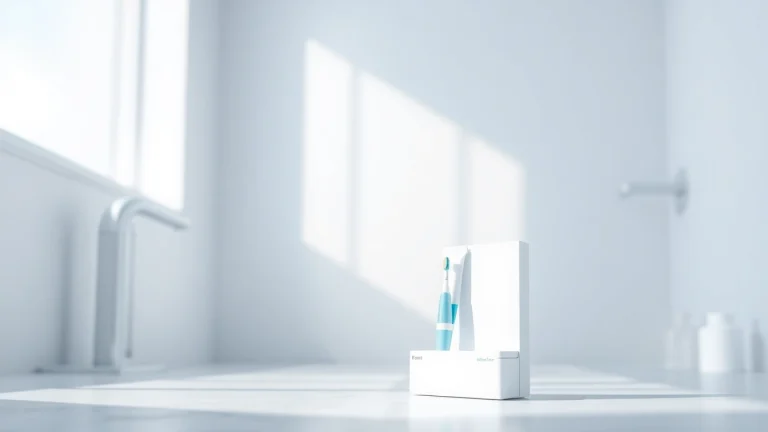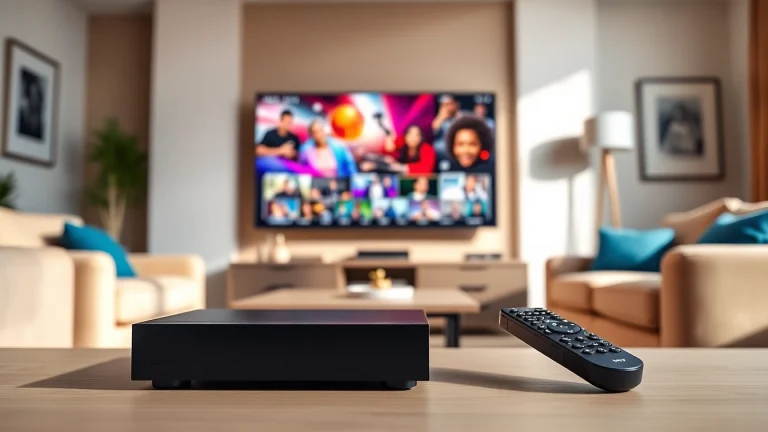
Achieve a Brilliant Smile with Our Effective Teeth Whitening Kit
The Science Behind Teeth Whitening Kits
Teeth whitening kits have surged in popularity as consumers seek convenient and effective means to enhance their smiles from the comfort of their homes. Understanding the scientific principles behind these products can help users make informed decisions about which kits to choose, ensuring safety and efficacy. A better-smiled future may be just a teeth whitening kit away.
Understanding Teeth Discoloration
Teeth discoloration can occur due to various factors, and it is classified into intrinsic and extrinsic discoloration. Intrinsic discoloration is related to internal factors, such as the aging process, trauma to the teeth, or the use of certain medications like tetracycline. This type of staining is typically deeper and more challenging to treat. On the other hand, extrinsic discoloration is often caused by external factors, including food and beverages like coffee, tea, red wine, and smoking. Understanding the reason for discoloration can aid in choosing the most effective whitening kit.
How Whitening Ingredients Work
Most teeth whitening kits utilize peroxide-based compounds as their primary active ingredients. Hydrogen peroxide and carbamide peroxide are the most commonly used agents. These compounds penetrate the enamel and dentin layers of the teeth, breaking down stains and discolorations into smaller, less visible particles. Hydrogen peroxide releases free radicals, which effectively oxidize the chromogens responsible for the stains, while carbamide peroxide has a slower release rate, making it more gentle on the teeth and gums. The concentration of these ingredients varies across kits, influencing both the speed and efficacy of results.
Types of Teeth Whitening Kits Available
Teeth whitening kits come in several forms, each designed to cater to different preferences and needs:
- Whitening Strips: Thin, flexible strips coated with a peroxide-based gel. They conform to the shape of your teeth and are typically used for a defined period each day.
- Whitening Gels: Usually packaged with a custom mouth tray. Users apply the gel to the tray before placing it on their teeth for a specific amount of time.
- Whitening Pens: Easier to use, these pens dispense a gel directly onto the teeth. Ideal for on-the-go touch-ups.
- Whitening Toothpaste: While they do not significantly change tooth color, they can help remove surface stains and maintain a brighter look, often marketed as a supplementary product.
- High-Intensity Kits: Often featuring LED technology combined with sequential dental gel applications that promise quicker results.
Choosing the Right Teeth Whitening Kit
Selecting the most suitable teeth whitening kit requires careful consideration of individual dental health and preferences. Here are key aspects to ponder during the selection process.
Assessing Your Dental Health
Before embarking on any teeth whitening endeavor, it is essential to assess your dental health. Factors such as existing dental work (fillings, crowns, or veneers) and the degree of tooth sensitivity can affect the choice of whitening methods. Though most kits are safe for general use, individuals with dental conditions or heightened sensitivity may benefit from consulting with a dentist to determine suitable options. It’s vital to avoid exacerbating underlying issues, ensuring a balance between aesthetics and health.
Comparing Different Products
When comparing various teeth whitening products, consider aspects such as the concentration of active ingredients, the method of application, and expected results. Look for products that are clinically tested and offer clear instructions on usage. Reading reviews and experiences from other users can also provide invaluable insights into product efficacy. The ultimate decision should align both with desired results and lifestyle compatibility.
Ingredient Safety and Efficacy
Safety should always take precedence over the quest for a brighter smile. Choose whitening kits with reputable ingredients and adhere to regulatory guidelines. Products containing over 10% hydrogen peroxide may cause sensitivity or irritation if misused. The American Dental Association (ADA) advises consumers to look for products bearing their Seal of Acceptance, indicating a level of safety and efficacy. Understanding the ingredients will empower users to make informed choices, ensuring positive outcomes without undue risks.
Step-by-Step Guide to Using Teeth Whitening Kits
To maximize the benefits of teeth whitening kits, following a structured application process is paramount. Here’s a comprehensive guide to help you achieve optimal results.
Pre-Whitening Considerations
Before using a teeth whitening kit, several preparatory steps warrant attention:
- Consultation: As mentioned earlier, a dental health assessment is crucial, especially for those with pre-existing conditions.
- Oral Hygiene: Ensure that your teeth are clean and free from plaque or tartar. A professional cleaning can enhance the effectiveness of whitening treatments.
- Patch Test: Particularly for sensitive individuals, it’s a good idea to test a small amount of the whitening agent on the gums or a less visible area to gauge any adverse reactions.
Application Process Explained
The application process may vary depending on the type of kit being used. For standard kits, here are general steps to follow:
- Preparation: Brush and floss your teeth to remove any food particles and plaque.
- Application: For strips, peel them direct from the backing and apply them to the front surface of the teeth. For gels, dispense a small amount into the mouth tray and fit it onto your teeth, ensuring it covers the treatment area.
- Timing: Adhere to the product instructions regarding how long to keep the treatment on your teeth.
- Rinse: After the recommended time, remove the product and thoroughly rinse your mouth to eliminate any residue.
Post-Treatment Care Tips
After completing your teeth whitening regimen, maintaining care will prolong your results. Consider the following:
- Avoid Staining Foods: For the first 24-48 hours, avoid foods and drinks that may stain, such as coffee, red wine, berries, and sodas.
- Maintain Oral Hygiene: Continue regular brushing and flossing, and consider using toothpaste designed for sensitive teeth post-whitening.
- Periodic Touch-Ups: Evaluate the need for follow-up treatments based on how quickly your teeth return to their previous shade.
Common Questions about Teeth Whitening Kits
Teeth whitening is often accompanied by questions and concerns. Below is a breakdown of common queries regarding these products.
Are Whitening Kits Safe for Everyone?
In general, most whitening kits are safe for the average adult. However, individuals with specific dental conditions such as gum disease, cavities, or those with braces should consult a dental professional before use. Pregnancy and breastfeeding women should also avoid whitening treatments as a precaution. Ensuring awareness of personal dental health and safety will contribute to a more positive whitening experience.
Expected Results from Teeth Whitening Kits
The results of teeth whitening kits can vary widely, depending on factors such as initial tooth color, type of stains, and the specific kit used. On average, users can expect to see significant results within a week to two weeks. Some may achieve shades lighter determined by the kit’s effectiveness, while others may witness less drastic changes. Typically, noticeable results should manifest in the first week of consistent use, creating exciting advancements in personal aesthetics.
How Often Can You Use a Whitening Kit?
Most over-the-counter whitening kits are designed for use once a day or every few days, depending on the product’s formulation. It’s crucial to abide by the directions provided by the manufacturer and avoid overuse, as excessive application can lead to sensitivity and enamel erosion. Once you achieve the desired brightness, a touch-up every few months is often recommended to maintain results.
The Benefits of Regular Teeth Whitening
Incorporating teeth whitening into your dental care routine offers several potential benefits beyond mere aesthetics. Here are some of the more significant advantages:
Boosting Confidence with a Brighter Smile
A bright, white smile is widely associated with confidence, health, and beauty. Many individuals report feeling better about their self-image after whitening their teeth, leading to improved social interactions and professional opportunities. A whiter smile can serve as a powerful self-esteem booster, propelling many to seek new dynamics in their personal and professional lives.
Impact on Overall Oral Hygiene
Regular teeth whitening can indirectly encourage better oral hygiene practices. When individuals invest in their smiles, they may be more motivated to maintain excellent dental care habits. This includes regular brushing and flossing, attending dental check-ups, and being more mindful of dietary choices that could lead to staining. Improved oral hygiene can enhance overall health and wellness, fostering beneficial long-term habits.
Long-Term Effects of Using Teeth Whitening Kits
While professional dental whitening tends to yield immediate results, home kits can also provide significant long-term benefits when used properly. Staining can recur over time; however, users who incorporate touch-ups into their routine can maintain their brightness levels effectively. Additionally, educating oneself about oral care will help prevent or mitigate future discoloration, paving the way for a lasting smile enhancement.


